Why Your MSP’s Online Marketing Efforts Are Failing
Last Updated: March 28, 2025
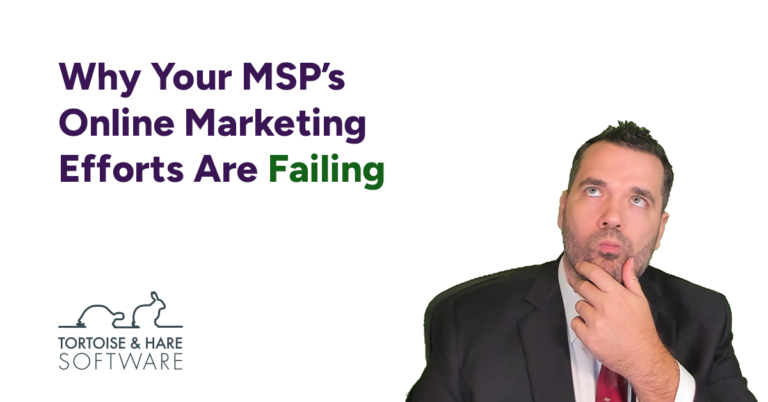
If you’re leading an MSP and investing in online marketing, you’re probably feeling a growing sense of frustration. You’ve put money into websites, content, ads—even hired an agency or two along the way—and the ROI just isn’t there. You’ve followed the advice, implemented the tools, checked the boxes… and yet, real, qualified leads still feel out of reach.
At some point, you’ve probably asked yourself: “Why isn’t this working?”
That question is more common than you think. Many MSPs find themselves in this exact place—not because marketing doesn’t work, but because the approach they’ve taken is incomplete. Or worse, disconnected from how buyers actually make decisions in today’s market.
This isn’t just a tactical issue. It’s structural. The problem isn’t one bad ad or a poorly written email—it’s that most MSPs are trying to shortcut their way to growth without ever building a true marketing engine.
In this post, we’re going to explore why your online marketing may be falling flat. We’ll break down the underlying strategic missteps, the blind spots most MSPs never address, and what needs to happen if you’re serious about turning your marketing into something that actually delivers.
1. You’re Ignoring the Competition
Let’s start with a hard truth: in nearly every market segment, there are at least three MSPs who are actively investing in their marketing—and they’re not doing it casually. They’re doing it because they’re dead serious about growth.
These MSPs are motivated by real stakes. Some have investors to please. Others are carrying debt from recent acquisitions or expansions. Many are staring down a target sale date or impending retirement and know that increasing revenue and market share is the only way to boost their valuation. They’re motivated, strategic, and aggressive—because they have to be.
If you want to compete against these kinds of players, you can’t afford to treat marketing like an afterthought. And you definitely can’t afford to hang onto the negative attitudes about marketing and marketers that are so often socialized within the MSP channel.
Look—we get it. There’s been inexperience, bad advice, and underperforming agencies in the space. But continuing to view marketing with skepticism is no longer a competitive advantage—it’s a liability.
You need to start seeing marketers as professionals who are critical to your growth strategy. The right marketing team isn’t there to burn your budget—they’re there to help you build momentum, differentiate from the competition, and reach your goals, whether that’s consistent lead flow, operational scale, or a successful exit.
2. Right Seats, Wrong People
Many MSPs try to piece together a marketing effort using low-cost offshore freelancers or contractors. The appeal is obvious—cheap rates, quick task completion, and the illusion of progress. But the reality is often disappointing.
Even experienced MSP marketing agencies, who live and breathe this space, struggle to attract, train, and manage these kinds of resources effectively. So if you’re trying to juggle that on your own—while also leading a team, servicing clients, and running a business—the outcome is almost always fragmented and slow.
And in a market like this, speed and momentum matter.
We’re competing in a dynamic environment where economic conditions shift, regulations change, buyer behaviors evolve, and technology continues to move fast. You can’t afford to inch forward. You need a team that can execute quickly, adapt strategically, and help you keep up with the market forces that are constantly reshaping the game.
What you think you’re saving in dollars, you’re losing in time—and time is your most valuable asset.
The cost of hiring reputable experts may seem higher on paper, but in practice, it accelerates results, reduces costly missteps, and frees up your bandwidth to lead. Getting things done right the first time is what builds momentum—and momentum is what turns marketing into measurable business growth.
3. Poor Branding Is Making You Forgettable
Branding isn’t just about looking professional—it’s about being distinct. And right now, too many MSPs are fading into the background because they’re relying on the same tired formula: corporate blues, conservative typography, generic icons, and templated layouts.
Your brand needs to do more than check a box—it needs to stand out visually in a crowded space. Because when a prospect is scrolling through websites, clicking on ads, or reviewing proposals, they aren’t just comparing features—they’re reacting to the feeling your brand creates.
That feeling is shaped by visual differentiation.
Colors that break from the expected. Typography that communicates personality. Accent graphics, background treatments, layout spacing, and design systems that create a cohesive, high-quality experience. When all of these elements work together, your brand becomes more than just recognizable—it becomes memorable.
And building that kind of visual identity isn’t just a checklist—it’s creative work. Strategic, thoughtful, nuanced creative work. Which is why talented creative professionals are so essential to getting it right.
Unfortunately, this is where many MSPs fall into the same trap: right seats, wrong people. They hire cheap freelancers or rely on in-house generalists who can technically design, but don’t have the creative instincts to build a visually powerful brand. And that decision quietly undercuts everything else.
Because if your brand doesn’t look different, feel different, and resonate visually, it won’t be remembered—and your marketing efforts will be swimming upstream from day one.
If you want your marketing to gain traction, it starts with a visual identity that sets the tone for everything that follows.
See also: The monetary impact of branding.
4. You Don’t Have a Messaging Strategy
Most MSPs don’t have a messaging problem—they have a messaging process problem.
They jump into marketing with surface-level phrases like “proactive support,” “trusted IT partner,” and “fast response times.” But here’s the issue: all of those messages are self-centered. They describe you, not what the customer gets. They talk about features, not outcomes.
Effective messaging starts by making a promise. A clear, believable, meaningful promise about how your client’s business will improve because they chose your business.
Will their team be more productive? Will their operations be more resilient? Will their growth be more scalable, their risks reduced, their tech easier to manage? That’s what they care about. Your job is to help them see that vision—and believe you can get them there.
This takes real work. You need to carve out the time—half a day, maybe a full one—to brainstorm, refine, and test 10, 15, 20 different messaging angles. Not for the sake of cleverness, but so you can understand what truly resonates with your market.
Messaging isn’t a one-and-done task—it’s a strategic process. You’re not just describing your services. You’re articulating a vision of a better future, and inviting your buyer into it.
That’s what moves the needle.
If you want your marketing to attract real leads and start real conversations, stop talking about yourself—and start focusing on what your clients actually want.
5. You’re Not Reaching Enough People—or Reaching Them Often Enough
One of the most common reasons MSP marketing doesn’t convert is that you’re simply not in front of enough of the right people—or showing up consistently enough to stick in their minds.
You can have a sharp website, solid messaging, and great service—but if you’re only showing up occasionally, or to a narrow slice of your market, you’ll get overlooked when decisions are being made.
When your ideal client starts seriously considering change, they’re not going to dig through inboxes or scroll endlessly through search results. They’re going to think of the providers they already recognize—the ones they’ve seen, heard from, or read about consistently over time.
And if that’s not you, you’re already playing from behind.
Yes, you can pick off a few leads through cold calls, cold emails, or paid search. But those often connect you with unprepared, uneducated buyers—people who are harder to close and slower to trust. The more powerful path is reaching the right people early and often, so that when the time comes to choose, your name is the one they remember.
This is how you create momentum. It’s not about being loud—it’s about being present. Strategic visibility builds trust, recall, and inbound interest. That’s when your marketing stops being a cost center—and starts becoming a growth engine.
6. You’re Only Marketing to the Bottom of the Funnel
If your marketing strategy revolves around “book a call” or “schedule a demo,” you’re speaking to the smallest sliver of your market—the tiny percentage of buyers who are ready to make a decision right now.
And that’s the problem.
The overwhelming majority of your future clients aren’t there yet. They’re still dealing with frustrations, questioning their current provider, or slowly realizing they’ve outgrown their current setup. They’re researching. Learning. Watching.
If you’re not showing up for them during that process, you won’t be in the conversation when they’re finally ready to act.
This is where many MSPs lose the long game. They get so focused on short-term lead gen that they ignore the larger opportunity—building mindshare and trust with the people who will be ready to buy in 6, 12, or 18 months. By the time those buyers are in-market, the MSP who’s been consistently educating them, helping them think differently, and staying present will already have the inside track.
That’s what real marketing is. Not just chasing today’s decision-makers, but investing in tomorrow’s.
If you only show up at the end of the buyer’s journey, you’re trying to win a race that someone else has already been running for months. If you want predictable growth, your strategy needs to reach buyers before they’re ready—and guide them until they are.
7. You’re Not Offering Anything
One of the most overlooked aspects of MSP marketing is this: you’re not offering your prospects anything meaningful to engage with.
We’re not talking about a “Contact Us” page or a generic “Schedule a Call” button. We’re talking about real, intentional offers—clear next steps that are aligned to where the buyer is in their journey.
And don’t get us wrong—sometimes a free consultation is the right offer. But even then, it can be reframed to make it more specific, more contextual, and more compelling. A “Free Cybersecurity Consultation” or “Free IT Strategy Review” is far more relevant than a vague invitation to talk. It anchors the value and makes it easier for someone to say yes.
The reality is, it’s hard to consistently hit people with the right offer, at the right time, in the right channel. But the rewards for doing so are real—and measurable. Offers are what turn attention into engagement, and engagement into pipeline.
That’s why this isn’t a one-and-done task. It’s something you need to work at consistently. Creating new offers. Testing new formats. Trying different framings for different audiences. Because the more you test, the more you learn—and the more opportunities you create for your market to raise their hand and take action.
If your marketing isn’t getting traction, don’t just ask, “Is this message resonating?” Also ask, “Am I giving them anything to respond to?”
Offers create momentum. No offer, no movement. It’s that simple.
Special Offer: Free Cybersecurity Checklist For MSPs
Need a free offer to get you started? Download our free cybersecurity checklist for small businesses. Swap out the logo for your own, include your contact information and incorporate it as an offer on your website. Learn more about what MSPs need to know about lead magnets.

Conclusion
If your MSP’s online marketing isn’t producing results, it’s not because marketing “doesn’t work.” It’s because your approach isn’t designed to succeed in the market you’re actually operating in.
You’re up against serious competition—providers motivated by investors, retirement timelines, and aggressive growth goals. They’re investing in brand, creative, messaging, and strategy. If you’re not doing the same, you’re not in the game.
You may have the right roles defined—but the wrong people filling them. You may deliver great service—but a forgettable brand. You may have smart ideas—but you’re not reaching enough people or offering them a clear next step.
Marketing doesn’t start working when you find the perfect tactic. It starts working when you build a full system—strategy, creative, reach, timing, and momentum—designed to compete.
If you’re serious about growth, it’s time to stop guessing and stop patching. It’s time to build a real marketing engine—one that aligns with how buyers actually behave, and one that supports the kind of business you’re trying to build.
If that’s where your head is, let’s talk. We work with MSPs who are ready to compete—intelligently, strategically, and consistently. And we’d love to help you do the same.


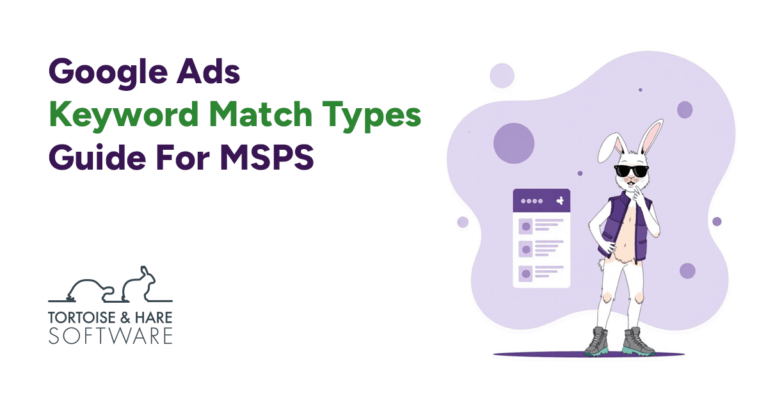
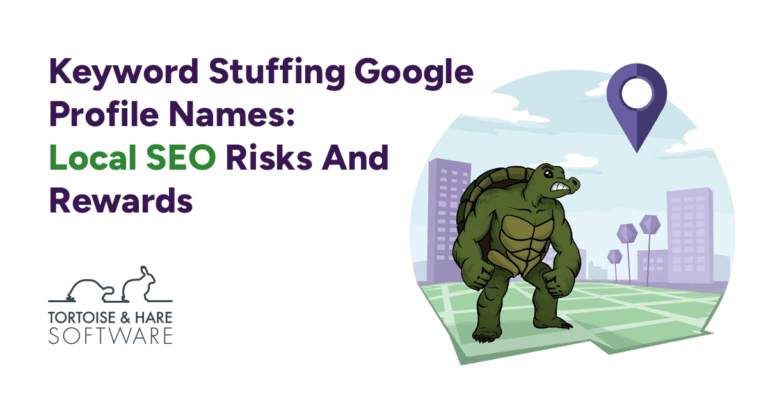

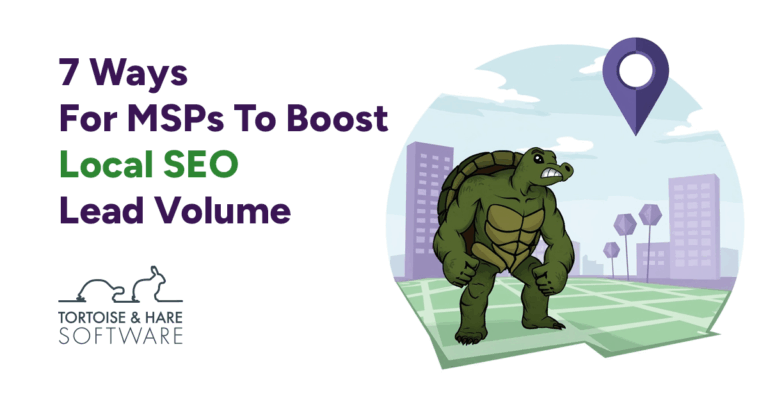
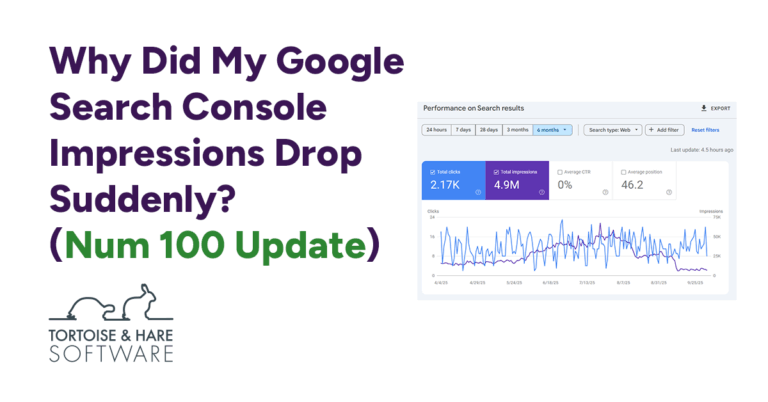
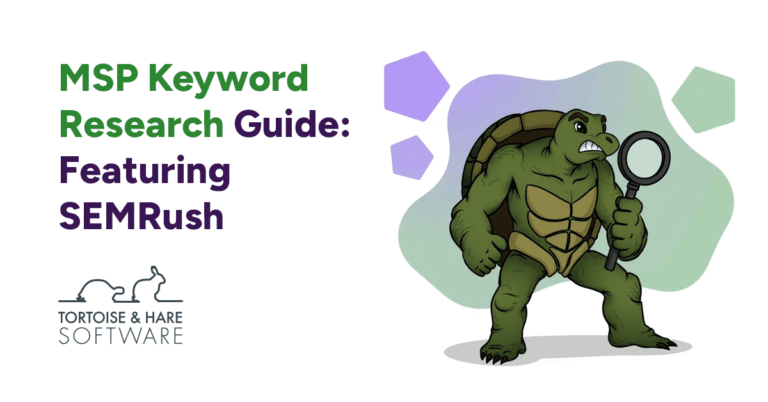
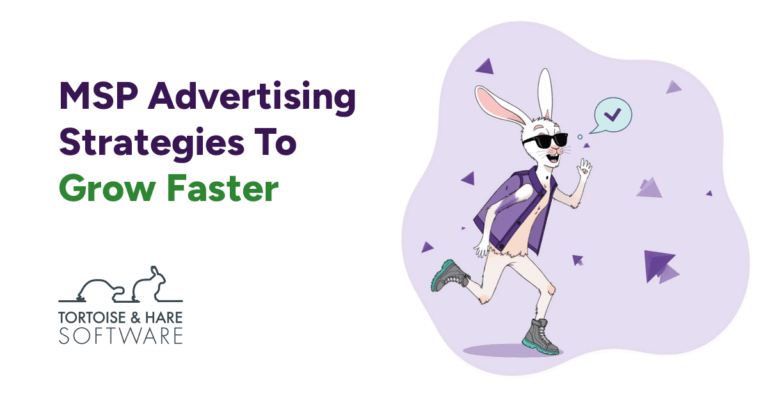
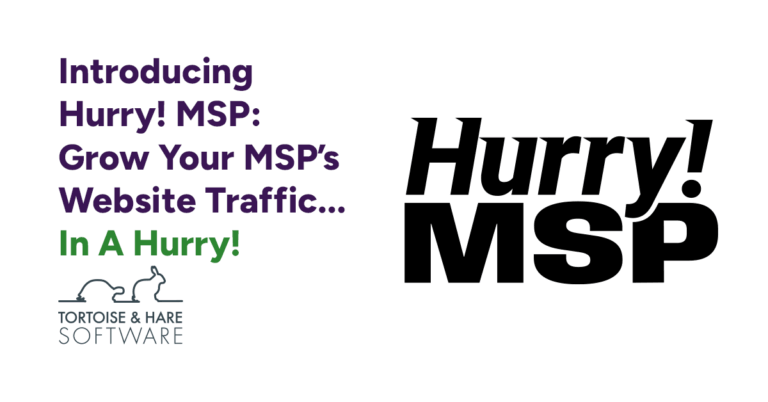
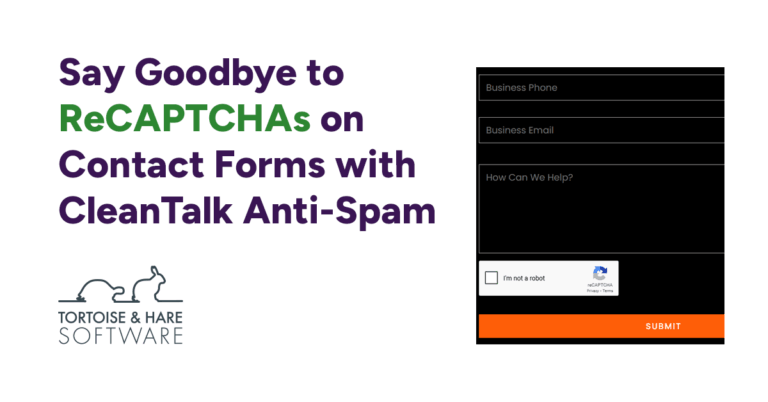
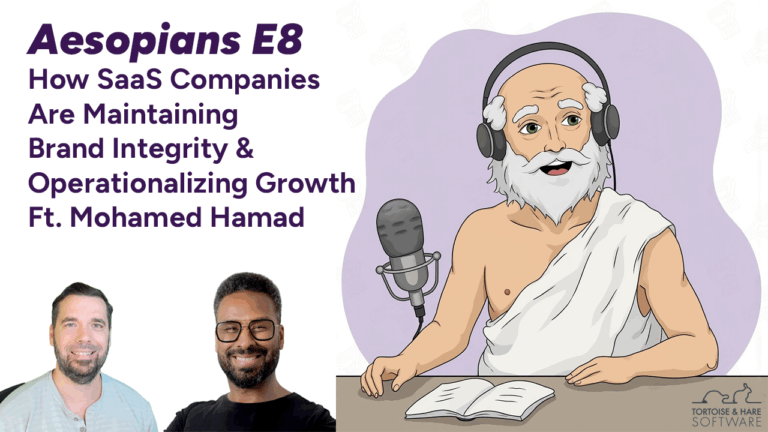
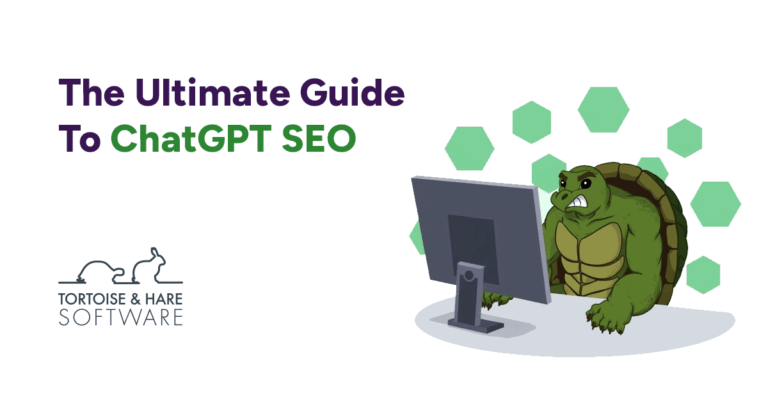
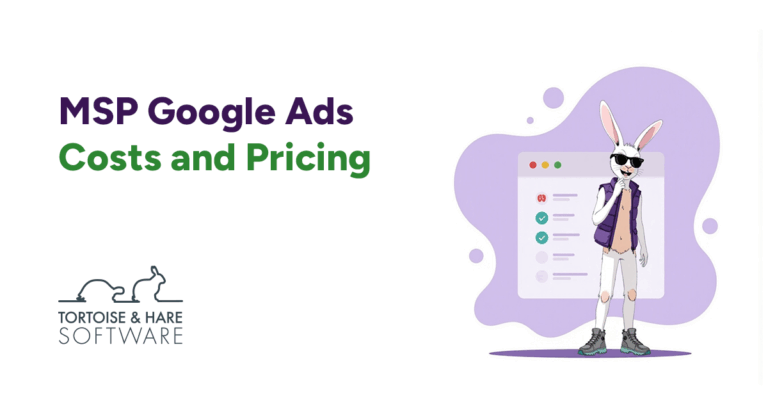
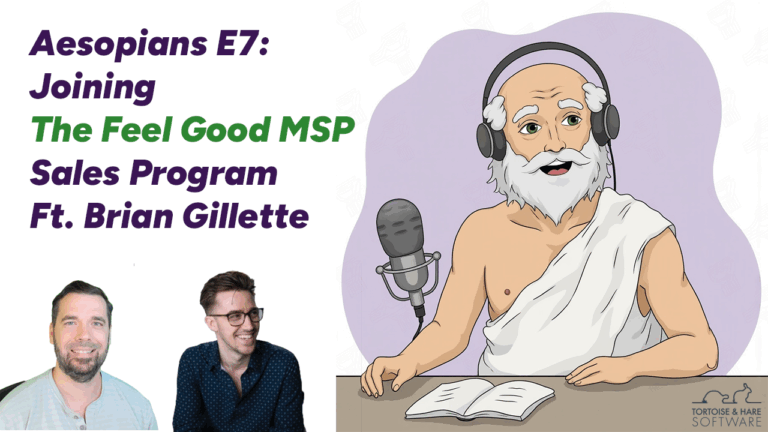
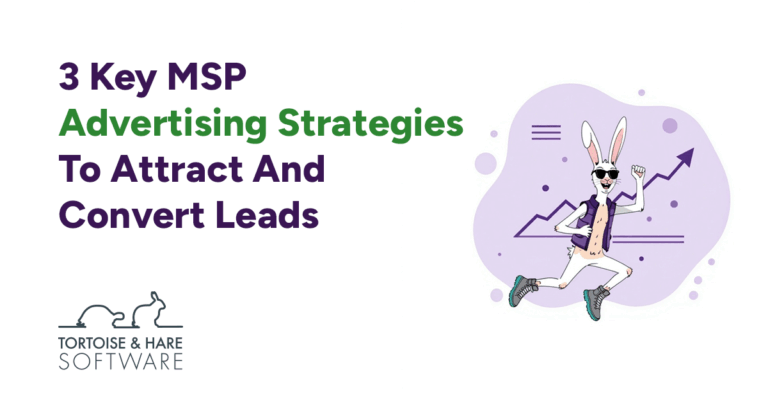
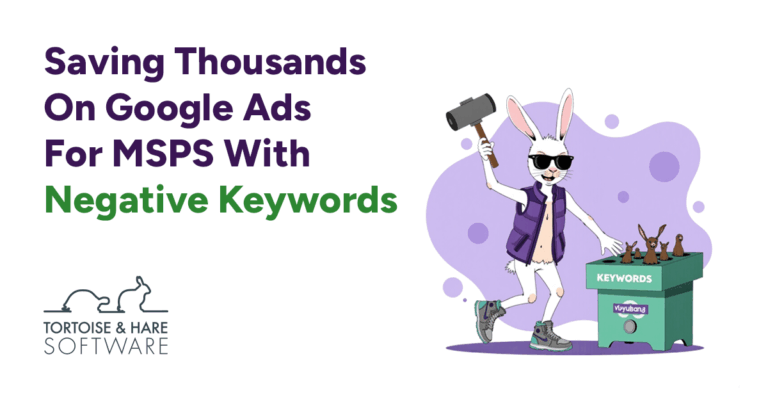
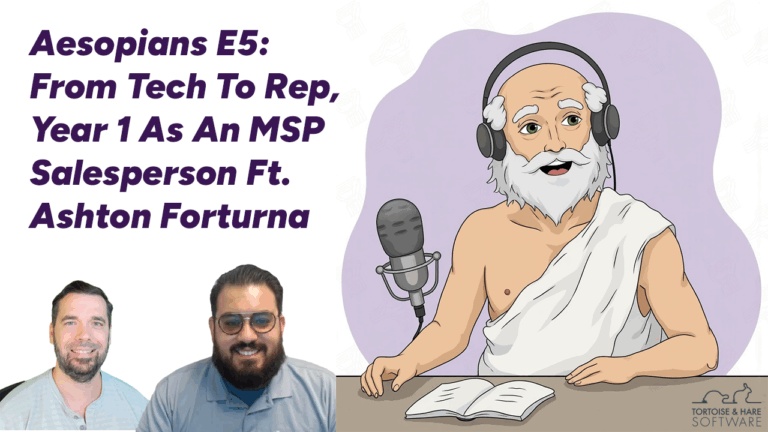

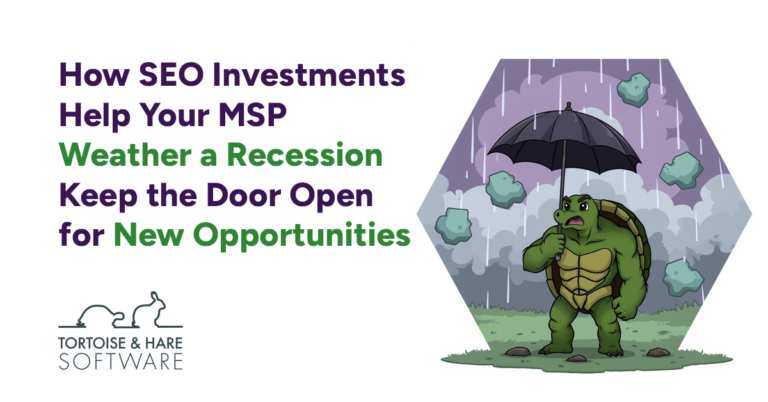
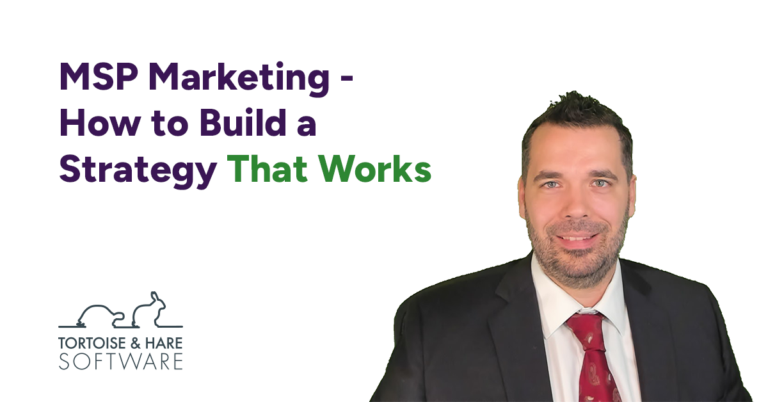



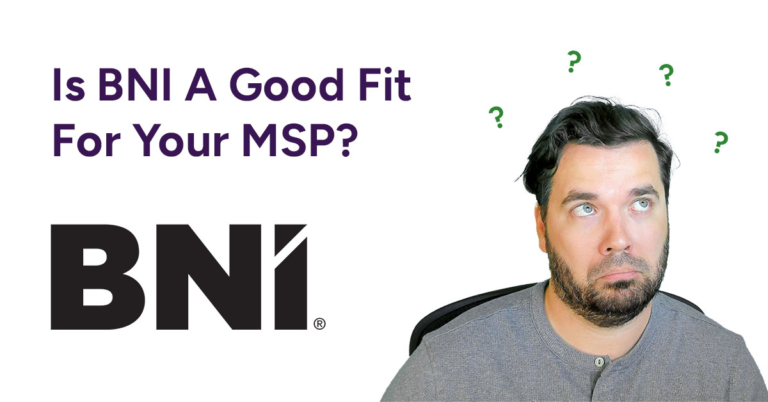

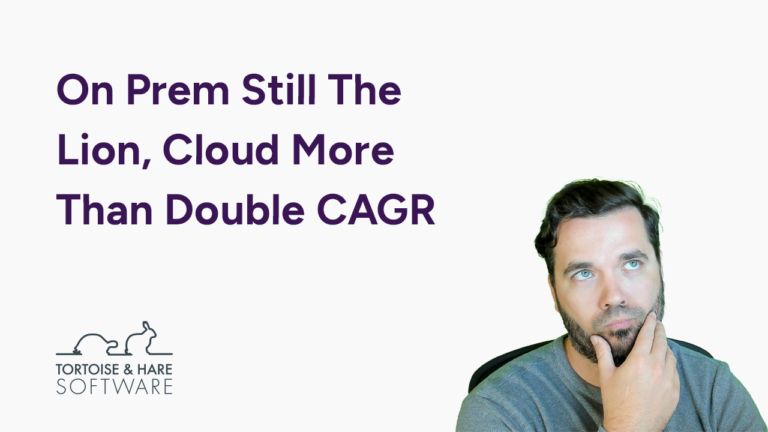
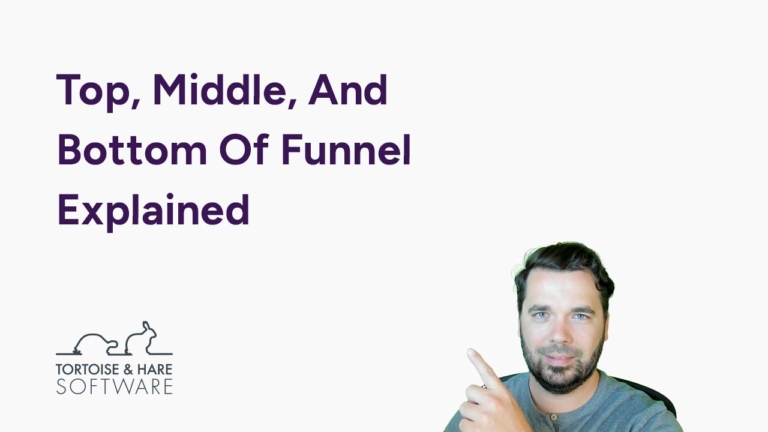
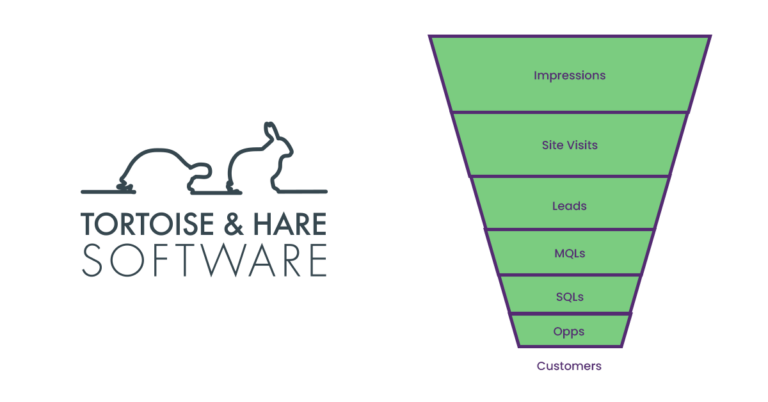
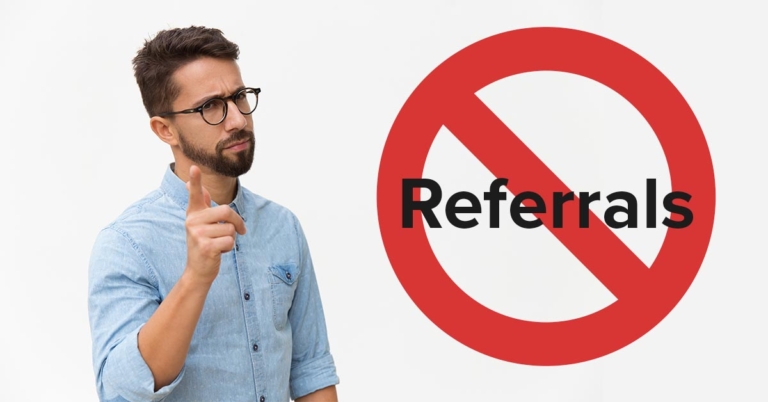
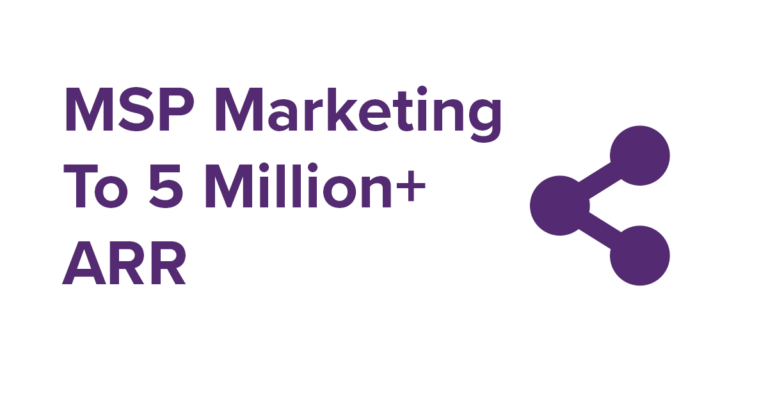









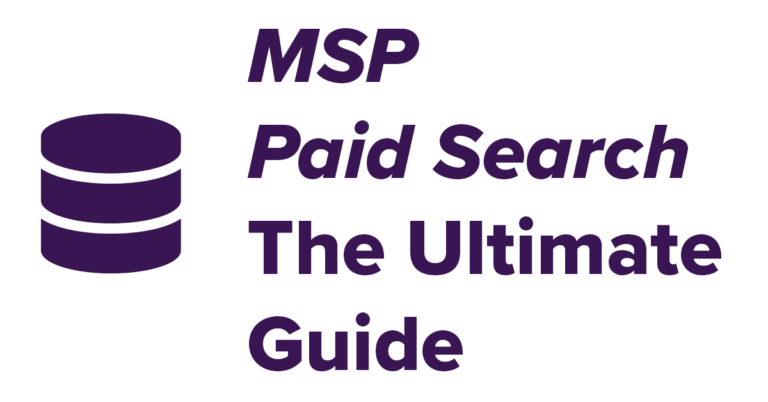
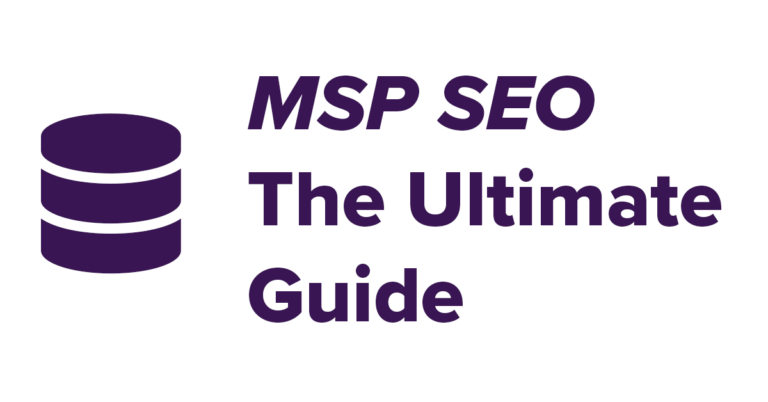


Leave a Comment